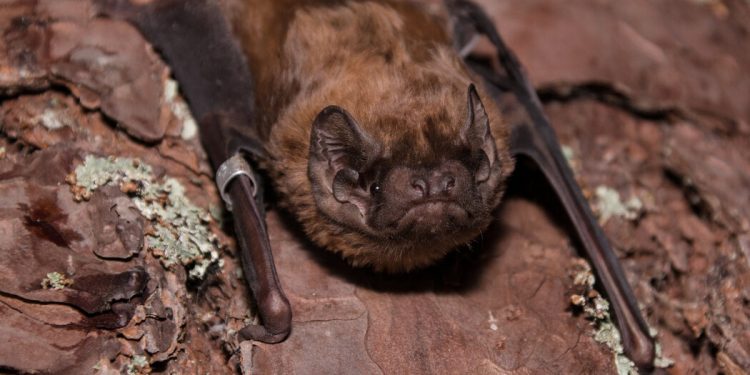During spring and fall migrations, billions of birds take flight into the night sky. The darkness of high altitudes protects them from predators.
Well, most predators. New research shows an unlikely creature can successfully hunt these migratory animals.
It’s a bat.
In a paper published Thursday in the journal Science, researchers detailed how Europe’s largest bat, the greater noctule bat, grabbed a European robin before chewing and eating the prey in flight. This is in stark contrast to bats’ typical diet of insects.
The idea that these bats sometimes eat birds had already been inferred from indirect data collected by Carlos Ibáñez, a researcher at the Doñana Biological Station in Seville, Spain, and his colleagues. They had found clues such as feathers and bird DNA in the bats’ droppings. But until this paper, it was unclear how bats weighing around 50 grams – the size of an average chicken egg – could catch birds approaching half their weight.
“We finally solved the murder mystery,” said Laura Stidsholt, a bat researcher at Aarhus University in Denmark and an author of the study.
Although bats are best known for hunting insects, some larger species may occasionally prey on frogs, lizards, and fish. Tropical bats have also been known to snack on perching songbirds.
Thank you for your patience while we verify access. If you are in Reader mode, please exit and log in to your Times account, or subscribe to the entire Times.
Thank you for your patience while we verify access.
Already subscribed? Log in.
Want all the Times? Subscribe.









